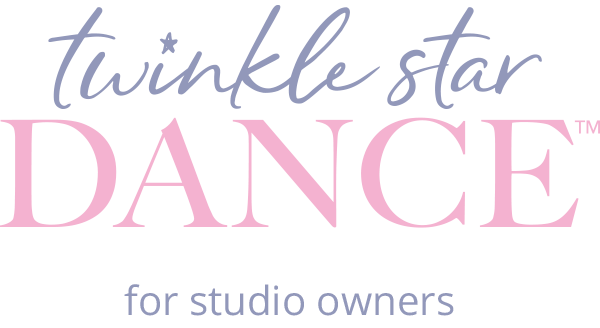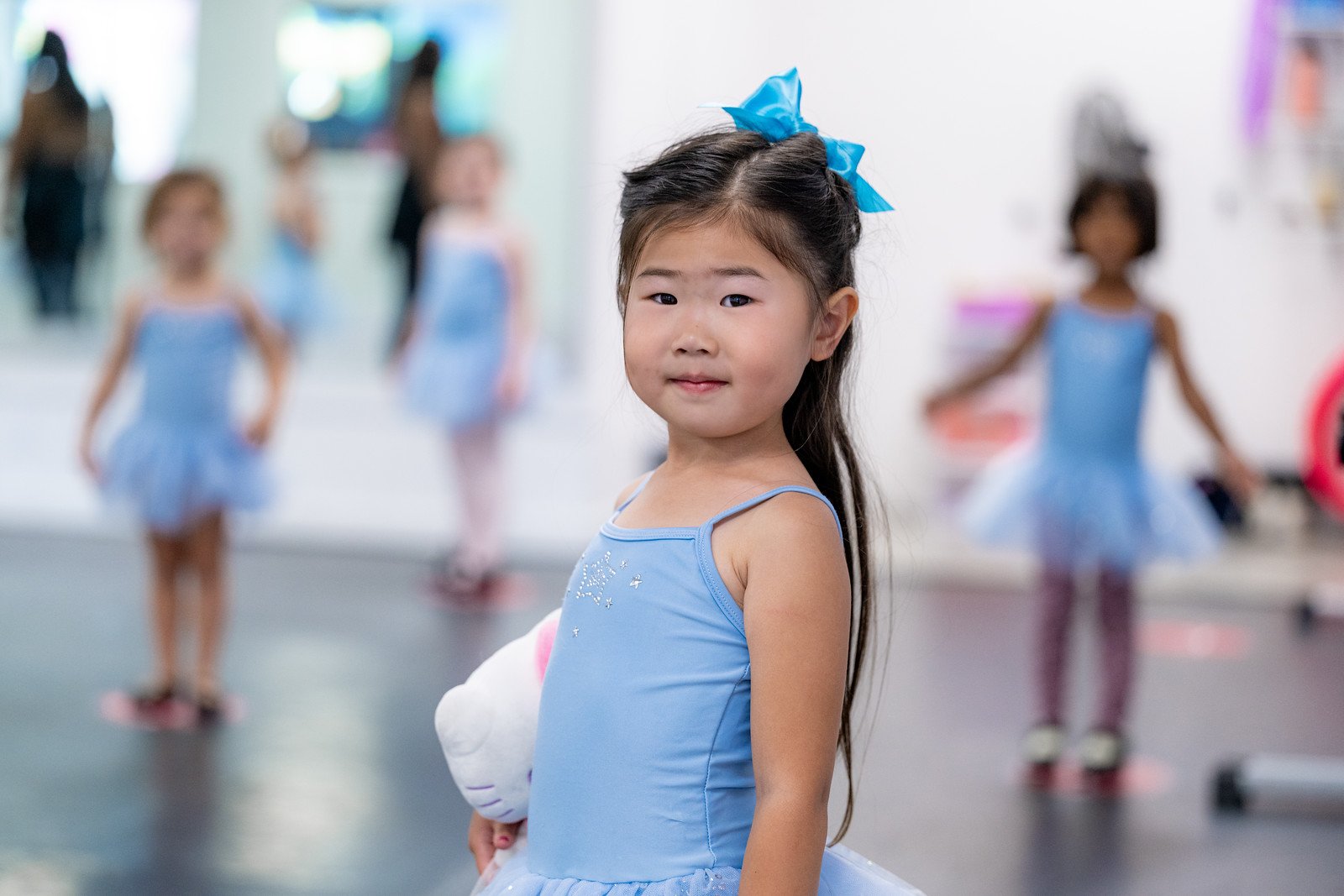As a preschool dance teacher, you have a significant impact on the energy around you. During class, your role is to generate passion, enthusiasm, and drive in your dancers. Dancers will model your energy level and enthusiasm for the material being presented to them.
You need to display “full out” energy in everything you do. Dance as if you are being paid to perform this job on stage for a crowd.
Ultimately, the success of your class will depend on whether you can share this energy with others and foster consistent enthusiasm among your dancers. If you want 100% - give them 200%.
How do we share our contagious energy? Here are five tips:
Be Passionate About your Work
If you have a passion for dance and/or a love for working with young children that is energizing! Tap into that to make your work more enjoyable. Your passionate energy will start to spread to your dancers and everyone around you.
2. Balance Structure with Fun
Don’t get stuck in a rut! When constructing your dance class, balance periods of sustained focus on Skill Building with free moving Center Movement and Just For Fun exercises. We want dancers to learn AND we want dancers to fall in love with the joy of moving to music.
3. Take Breaks as Needed
Don’t wear yourself out! Taking short breaks throughout your teaching line up will help you focus and lead to you being more productive. We cannot share our energy if we are running on empty.
4. Take Care of your Instrument
Our bodies need to be fully tuned and equipped to give us the energy for taking on the challenges of teaching dance. You need to find what works best for your body, preferences, and lifestyle.
5. Use Instructional Scaffolding
Instructional scaffolding is the process where a teacher adds support for their students in order to enhance learning and aid in the mastery of tasks. As a preschool dance teacher you can do this by building on your dancers' experiences and knowledge as they are learning new skills. For example, if your class has the basic understanding of shuffle, have them try shuffle hop this week. Dancers will generate the energy necessary to rise up to the challenge.
Rediscover your light at Spark Mini-Conference Series.
Meet Tiffany Henderson
Tiffany Henderson is an industry leader and dance business expert. Tiffany owns and operates multiple Tiffany's Dance Academy locations in Northern California. Her video-based teacher training system and curriculum, Twinkle Star Dance, is currently implemented in 300+ dance studios worldwide.





